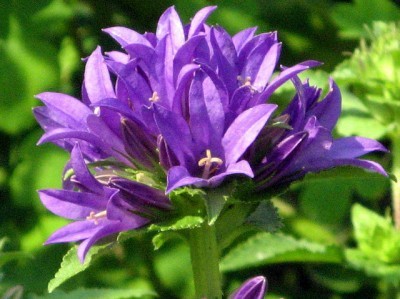






Perhaps the hardest thing about planning a purple garden is limiting your choice of plant material. Purple flowering plants and purple foliage plants encompass a wide range of the color spectrum. Keep reading to learn how to create a garden of purple.
Flowers for the purple garden design may be traditional purple or purples with hues of red, blue, violet or even black. Learning how to create a garden of purple begins with your choice of coordinating or contrasting colors and limiting plant selection to a few shades of the popular purple colors.
Planning a purple garden is a delightful chore and the result can be an elegant and royal reward. Purple flowering plants can be found for all areas of the landscape and purple foliage plants are in abundance as well. Have fun and take your time when planning a purple garden design.
When you’ve picked the shades of purple you’ll use for your monochromatic garden, research which plants are available in these shades. Consider sunlight or shade requirements for plants when planning a purple garden.
Consider planting your purple flower seeds, bulbs and cuttings in masses for swaths of color when planning a purple garden. Include plants that flower or those that provide changing foliage for autumn interest.
For late winter and early spring blooms, use pansy, viola and muscari to border the front of the purple garden.
Black blooming hellebore begins the show in late winter and sports attractive, evergreen foliage year round. Plant these underneath a purple leaved tree, such as the Japanese maple, to complement your purple garden design.
Coordinate purple plants with compatible colors when you’re planning a purple garden. Other elements, such as silver foliage and white flowers, can be incorporated into the purple garden design as you transition from one shade of purple to another.
German iris blooms in many shades of purple, and a number of iris plants are multicolored or bi-colored and can incorporate your secondary, transitional shade in the purple garden design. Use transitional plants, such as purple leaved shrubs, to separate different masses of purple when learning how to create a garden of purple. Arching branches of purple loropetalum may impact purple garden design, as can the purple barberry.
Include purple leaved vines when planning the purple garden design. Sweet potato vine ‘Blackie’ or the hyacinth bean vine with purple pods can provide vertical elements in the purple garden. Use annual plants to take up the room left for perennials to reach maturity.
Copyright © www.100flowers.win Botanic Garden All Rights Reserved